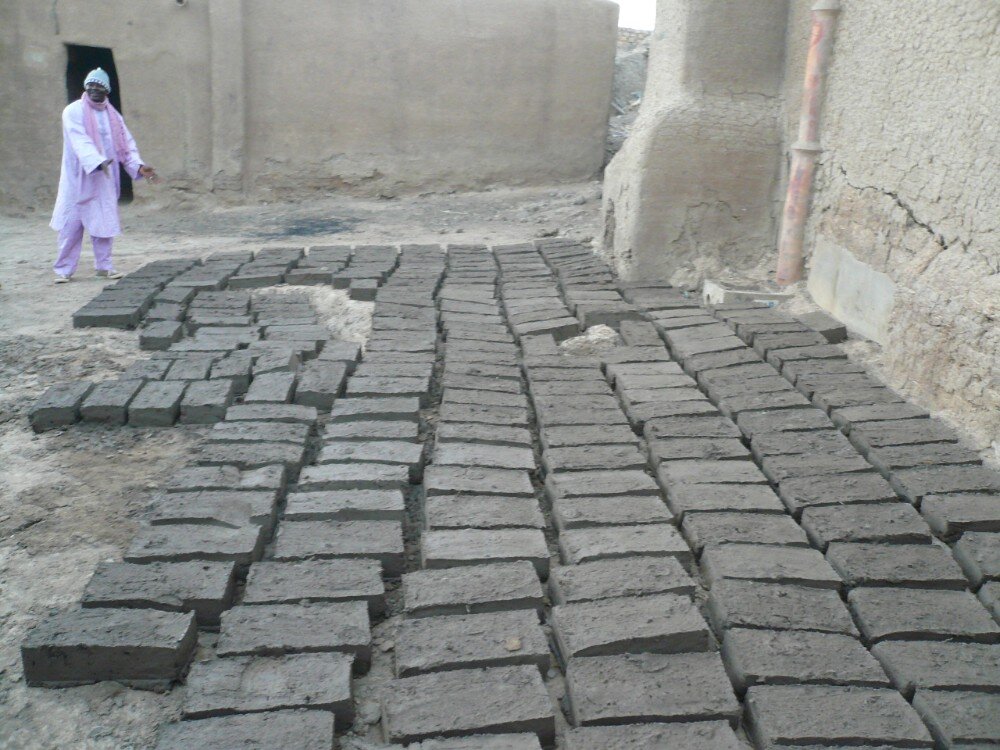A musical memory journey to West Africa
/By Tim Woods:
It’s that warm tropical air with its overpowering scent of damp earthiness. It’s the magnificent birds and their multicoloured costumes, all reds and blues and greens. It’s the sweet relief of that first beer on a sticky evening, sipped from a sweaty bottle with the label sliding off. It’s the music that never seems to stop, whether you’re in a bar, on the beach or on the streets. These things, and so many others, are what I miss about West Africa – now more than ever.
If the worst that happens to me during this wretched pandemic is an exaggerated case of wanderlust, then I’ll have been exceptionally fortunate. At the same time, I don’t think I’m alone in selfishly shoving larger issues aside and simply longing to escape the flat, the city, the country; in dreaming of other places; in wishing to be elsewhere.
Last spring, as we all found ourselves adjusting to the unpleasant new reality, my yearning for the region I once called home grew stronger than ever. And so I began to travel virtually to the places I know in West Africa. While it’s not possible to recreate that heat, or redecorate Berlin’s garden birds in snazzier outfits, there are ways to take yourself there. I dug out old photos and sifted through them. I re-read well-thumbed guidebooks, picking out the places where I’d stayed and eaten. And I listened to the music, one of the best ways there is to curb the worst symptoms of travel sickness.
West Africa has a hugely diverse musical culture, but perhaps the best-known style in Europe is the gentle, harp-like sound of the kora. And there are few kora players better than Sona Jobarteh. Her mastery of the instrument is not just admirable, it is also ground-breaking: she is the first female professional player, breaking into a livelihood that for centuries was solely for men. Born in Britain, but with proud Gambian roots, she comes from a griot family, who pass artistic traditions down through the generations. To truly appreciate the skill involved, it’s worth watching one of her concerts and admiring the speed at which she moves across the kora’s twenty-one strings.
On a baking day last summer, I sat in the garden, listening once again to her music, hoping to be taken somewhere exotic. This time, I went to Bamako – one advantage of virtual travelling is that it’s easy to skip from Gambia to Mali in the blink of an eye – and specifically the San Toro restaurant, an oasis of calm in the chaos of that relentless city. One evening there, during a work trip to Mali, I ate falafel and drank peppermint tea from a clay cup while enjoying the sound of the kora. To my untrained ear, no songs ever seemed to start or finish, but instead the music drifted wherever the resident artist felt like going. I was even honoured with an exclusive performance: as the only customer, he was playing just to me. It felt a little indulgent, but he didn’t seem at all put out. When I left two hours later, he simply carried on. I’m not even sure he noticed me going.
Music has an unrivalled ability to take us somewhere else, often being strongly associated with certain points in our lives. It’s not just West Africa; I cannot listen to the Seekers without recalling family holidays spent driving around a rain-sodden Lake District, while any Britpop song will instantly take me to the clubs of Sheffield and my student days. It’s a welcome bonus to loving music, providing instant happy reminders of another place or time.
Only since our ability to travel has been so severely restricted have I begun to use it actively, though. Only now, being indefinitely grounded in Berlin, do I feel a need to play this trick on myself. And, for the first time, I am starting to wonder if travelling will ever be as straightforward as it once was. I fear it may have been irreversibly damaged, whether due to the still ongoing Covid-19, or whatever virus nature has in store for us next; or maybe due to the now unavoidable climate crisis placing further, necessary, limits to our wanderings.
It could, more simply and personally, be because that carefree period of my life is now over. I last visited West Africa on a work trip to Senegal in 2018, and back then I never once thought it would be three years and counting before I was back. My time spent living in Ghana is now nearly a decade ago, and those determined plans to return are getting hazier with each passing year. Fortunately I can go back easily enough, with a little help from the music; I just hope that I won’t need to use that trick forever.
***
Tim is an editor on Elsewhere: A Journal of Place and the author of Love In The Time of Britpop. You’ll find him on Twitter here.









